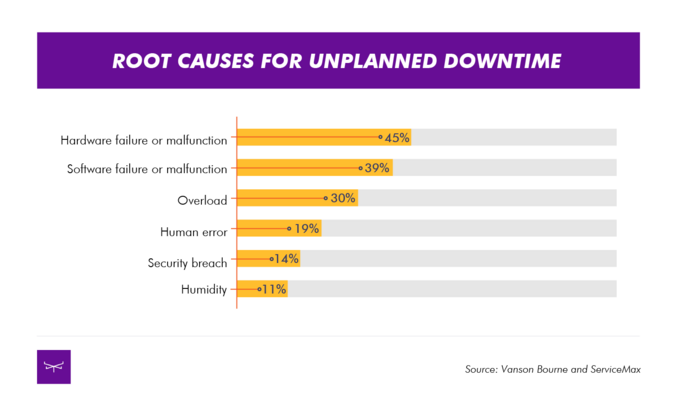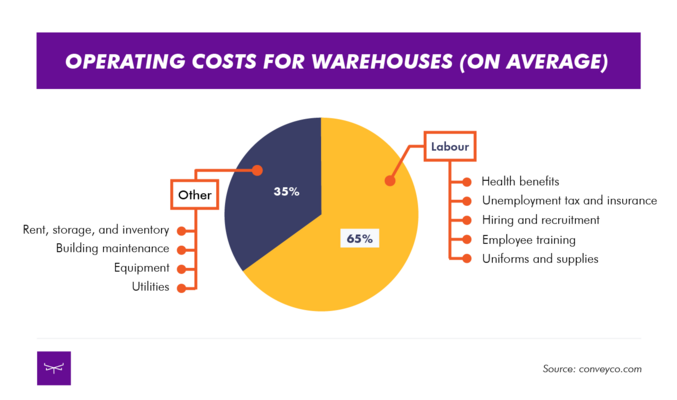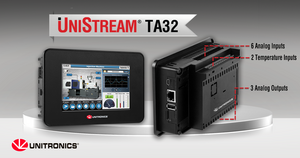Due to the many different areas that need attention in a warehouse, it may be difficult for warehouse managers to run their overall operations successfully. To make sure that the most important areas of your operations are not overlooked, Meili Robots has compiled a list of 9 tips for running a successful warehouse:
1. Maximise Operating Space
It is important to have a proper layout for your warehouse with a clear focus on regulating traffic flows and utilizing vertical space to minimise your fixed costs.
2. Implement a Warehouse Management System
A warehouse management system (WMS) makes it easier to live up to customer demand. Remember to choose a WMS solution with a core functionality that fulfils your operational needs.
3. Optimise Accuracy
Accuracy plays an important role in order fulfilment. One way to maintain accurate inventory levels is to optimise your inventory management with the use of WMSs or robotic solutions.
4. Increase Efficiency Levels
Some of the most common ways to address unplanned downtime are implementing a WMS, automating your inventory and shipping systems, deploying mobile robots, and integrating a universal fleet management system.
5. Enhance Visibility
Having access to inventory, shipping, and order data is key to running a successful warehouse. It is thus no surprise that it is estimated that there will be 50K robotic warehouses worldwide in 2025 — up from 4K in 2018.
6. Manage Your Labour and Processes
Workers’ output is influenced by proper scheduling according to seasonal changes, setting up the most efficient picking paths and methods, and using data on warehouse operations to optimise the efficiencies of workflows and productivity levels.
7. Manage Your Costs
Besides shipping goods to the right customers, it is important that you have an overview of your operating costs, including labour, storage, equipment, and utilities.
8. Optimise Safety
Your warehouse layout — along with accessibility and inspection — is crucial to avoiding injuries and damaged goods. Bear in mind that downtime due to injury or illness directly impacts your productivity and efficiency levels.
9. Have Security Protocols in Place
To run and maintain a successful warehouse, it is important to follow some basic security protocols such as physical and IT security, and standard operating procedures.





















































